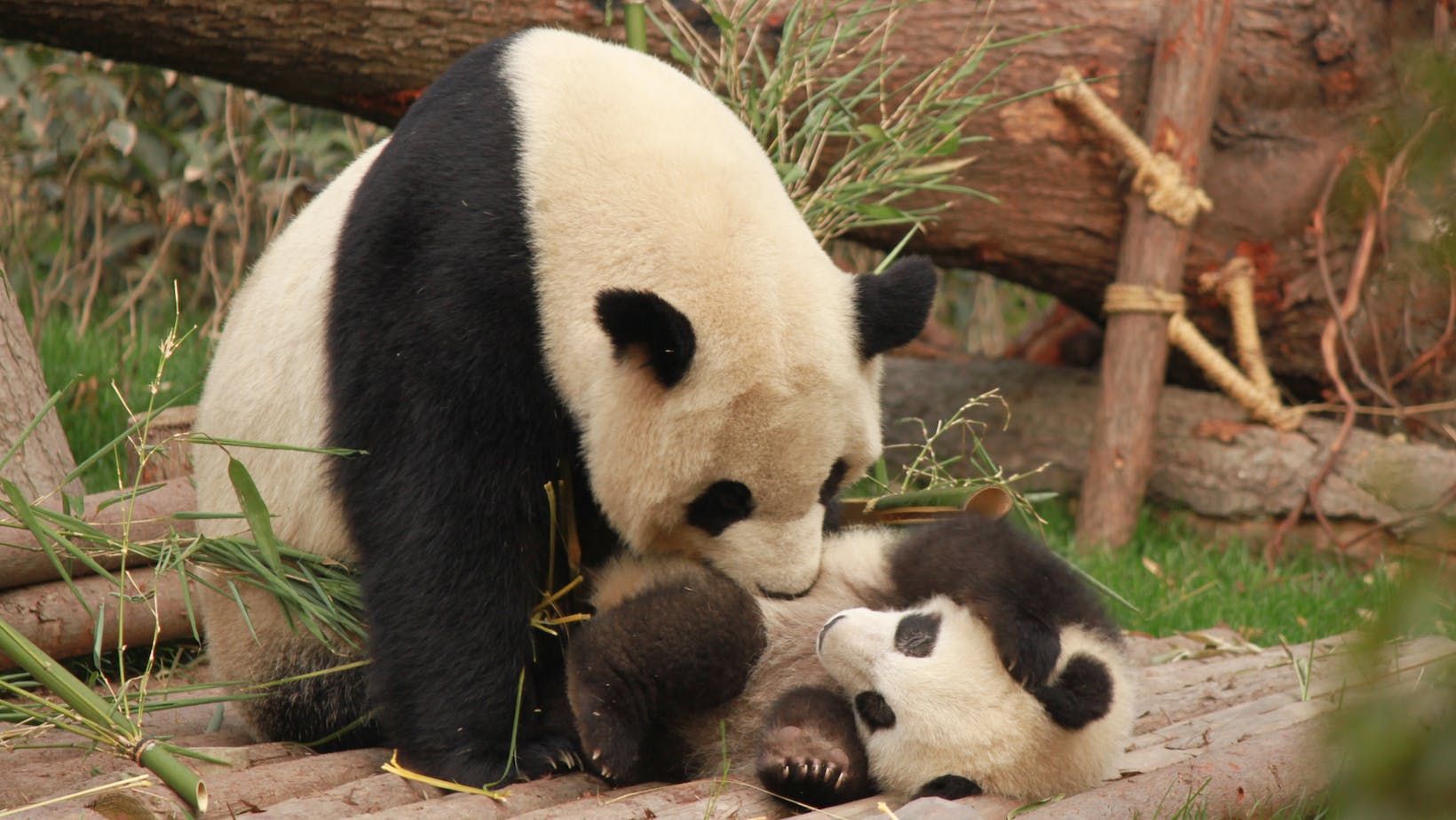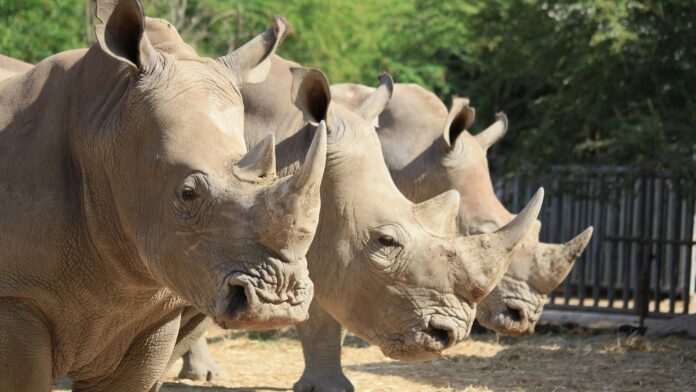As an expert in wildlife conservation, I have dedicated my career to studying and protecting rare and threatened species. Today, I want to address a statement that has been circulating regarding the truth behind these species’ existence. I have extensively researched this topic and can confidently confirm that the statement of rare threatened species is indeed true. In this article, I will delve into the evidence and provide a comprehensive understanding of why these species are in danger and what can be done to preserve them.
Throughout my years of experience in the field, I have come across numerous misconceptions and misinformation surrounding rare and threatened species. However, I am here to set the record straight. The statement that rare threatened species exist is not only accurate but also alarming. The decline in their populations is a result of various factors, including habitat loss, climate change, poaching, and pollution. It is crucial for us to acknowledge the reality of this situation and take immediate action to ensure the survival of these irreplaceable creatures.
In this article, I aim to shed light on the truth behind the statement of rare threatened species. Through a combination of scientific research, statistical data, and personal anecdotes, I will provide a compelling argument for the urgency of conservation efforts. By understanding the gravity of the situation, we can work together to protect these species and preserve our planet’s biodiversity for future generations.
What is a Threatened Species?
As an expert in the field, I can confidently say that the statement concerning rare, threatened, or endangered species is indeed true. The world is facing a significant decline in biodiversity, and many species are at risk of extinction. In this section, I will provide an overview of what constitutes a threatened species and the different categories they fall into.
Definition and Criteria
A threatened species refers to a species that is at risk of becoming endangered in the near future. It is important to note that the term “threatened” is not synonymous with “endangered.” The International Union for Conservation of Nature (IUCN) has established criteria to determine the status of a species and classify it accordingly.
To be classified as a threatened species, certain criteria need to be met. These criteria include a decline in population size, a diminishing habitat, or the threat of overexploitation. Additionally, the species must face a high risk of extinction in the wild if appropriate conservation measures are not taken.

Which Statement Concerning Rare, Threatened, or Endangered Species is True?
As an expert in the field, I often come across various statements about rare, threatened, or endangered species. It is crucial to evaluate the accuracy of these statements to ensure that we are providing accurate information to the public. So, let’s dive into some common statements and determine which ones hold true:
- “There are numerous rare species that are on the verge of extinction.” This statement is indeed true. The global decline in biodiversity has led to an alarming increase in the number of species facing extinction. Habitat loss, climate change, and human activities are major factors contributing to this decline.
- “Conservation efforts have been successful in saving endangered species.” This statement is partially true. While conservation efforts have made significant progress in saving certain species from the brink of extinction, the overall success rate varies. Some species have been successfully saved, while others continue to face threats and challenges.
- “Endangered species have legal protection.” This statement is true. Many countries have enacted laws and regulations to protect endangered species. These legal protections aim to prevent further harm to these species and their habitats, ensuring their survival for future generations.
- “Rare species are only found in remote areas.” This statement is false. While some rare species may indeed be found in remote areas, others can be found in more accessible locations. Habitat fragmentation and urbanization have caused some rare species to adapt and survive in human-altered landscapes.
- “Recovering endangered species can be reintroduced into the wild.” This statement is true. Through careful planning and management, recovering endangered species can be successfully reintroduced into their natural habitats. These reintroduction programs play a vital role in restoring populations and maintaining healthy ecosystems.
By evaluating these statements, we can ensure that we are spreading accurate information about rare, threatened, or endangered species. It is vital to rely on scientific research, data, and expert opinions to verify the truthfulness of these statements, as they directly impact conservation efforts and the future of these vulnerable species.


